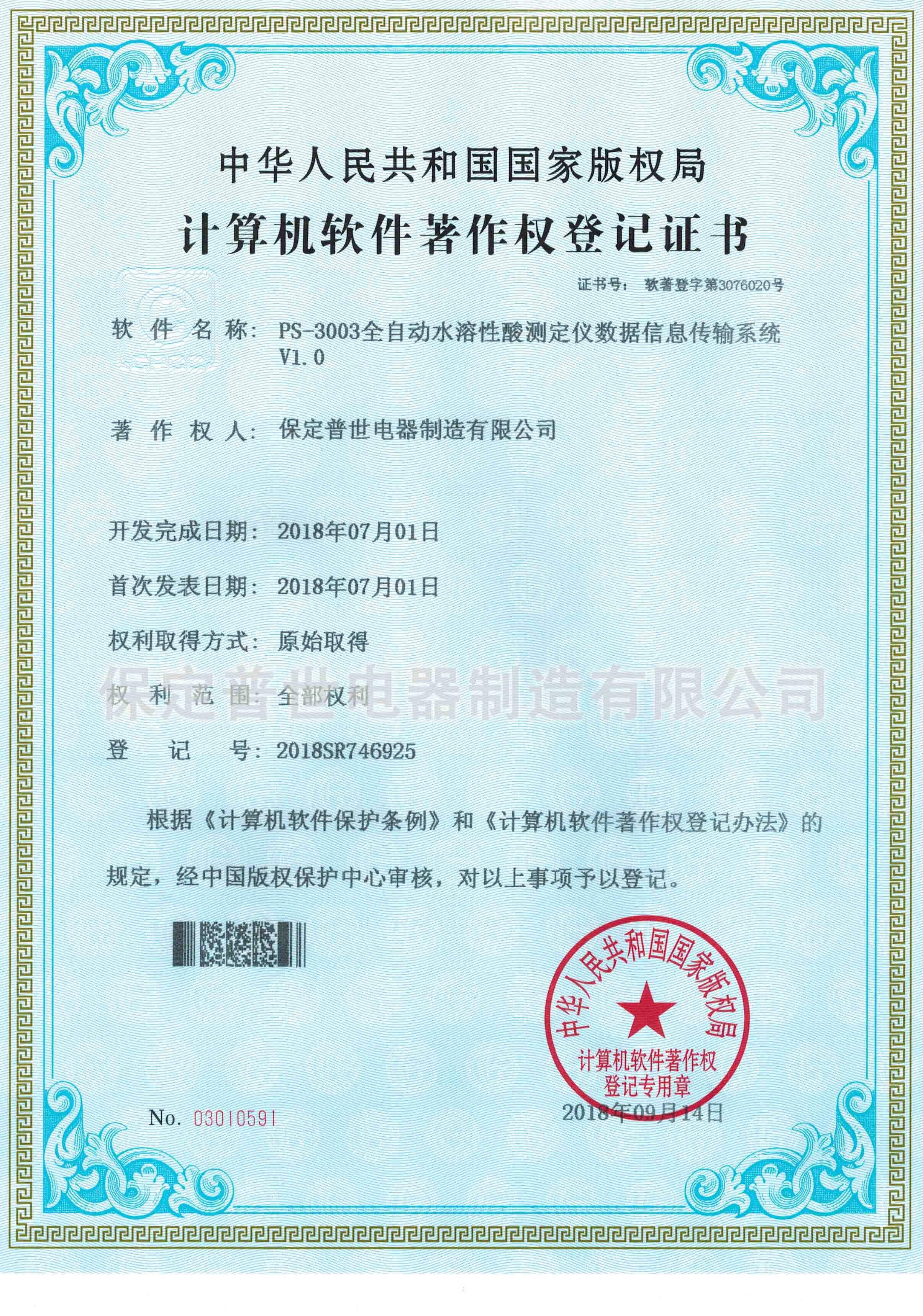 English
English


use the insulation tester
Using an Insulation Tester A Comprehensive Guide
Insulation testing is an essential practice in electrical maintenance and safety. It helps ensure that electrical systems are functioning properly and prevents potential hazards associated with faulty insulation. An insulation tester, also known as a megohmmeter, is a specialized device used to measure the resistance of electrical insulation. This article will delve into the importance of insulation testing, how to use an insulation tester, and best practices to keep in mind.
Why Insulation Testing is Important
Electrical insulation is crucial for the safe operation of electrical systems. Poor insulation can lead to leaks, shorts, or even electrical fires. Regular testing can help identify issues before they escalate into serious problems. Insulation testers measure the resistance between conductive parts (like wires) and non-conductive parts (like the outer casing of appliances or equipment). A high resistance reading indicates that the insulation is effective, while a low reading signifies potential breakdown or damage.
How to Use an Insulation Tester
Using an insulation tester is a straightforward process, but it requires careful attention to detail to ensure accurate readings and safety
1. Preparation Before you begin testing, make sure you have the right tools. Besides the insulation tester, you may need personal protective equipment (PPE), such as gloves and safety goggles. Ensure that the equipment you want to test is de-energized and disconnected from any power source to avoid electric shock.
2. Select the Voltage Most insulation testers allow you to select different test voltages (commonly 250V, 500V, and 1000V). Choose the appropriate voltage based on the insulation rating of the equipment you are testing. Higher voltage tests can provide a more accurate assessment but can also stress the insulation.
3. Connect the Tester Attach the test leads to the insulation tester. Connect one lead to the conductor you want to test (such as a wire or terminal) and the other lead to the grounded part of the system or the enclosure. Make sure the connections are secure.
use the insulation tester

4. Perform the Test Activate the tester to begin the measurement. The device will apply a high voltage to the insulation and measure the resulting resistance. Wait for the tester to stabilize before recording the reading.
5. Interpret the Results A reading of 1 megohm (1 MΩ) or higher is typically acceptable for most applications. Lower readings may indicate compromised insulation and warrant further investigation or repairs.
6. Document Findings Always record your findings, including the date, equipment type, test voltage, and resistance readings. Keeping a log helps track the condition of insulation over time and assists with maintenance planning.
Best Practices
- Regular Testing Perform insulation tests regularly, especially in environments subject to moisture, temperature variations, or heavy use. - Know the Standards Familiarize yourself with relevant industry standards and guidelines, such as those from the Institute of Electrical and Electronics Engineers (IEEE) or the National Electrical Code (NEC), to understand acceptable levels of insulation resistance.
- Inspect Equipment Visually inspect equipment before testing. Look for signs of damage, wear, or contamination that could affect the accuracy of your readings or the safety of the equipment.
- Stay Safe Always prioritize safety. If you are unsure about any aspect of the testing process or encounter unexpected readings, consult an experienced electrician or technician.
In conclusion, using an insulation tester is a vital aspect of maintaining electrical safety and efficiency. By following the proper procedures and best practices, you can ensure that your electrical systems remain safe and operational, minimizing the risk of electrical failures and accidents.
-
Differences between open cup flash point tester and closed cup flash point testerNewsOct.31,2024
-
The Reliable Load Tap ChangerNewsOct.23,2024
-
The Essential Guide to Hipot TestersNewsOct.23,2024
-
The Digital Insulation TesterNewsOct.23,2024
-
The Best Earth Loop Impedance Tester for SaleNewsOct.23,2024
-
Tan Delta Tester--The Essential Tool for Electrical Insulation TestingNewsOct.23,2024





